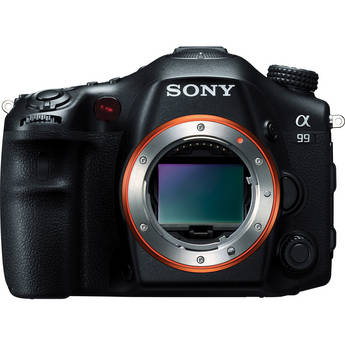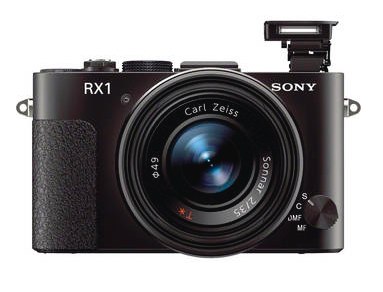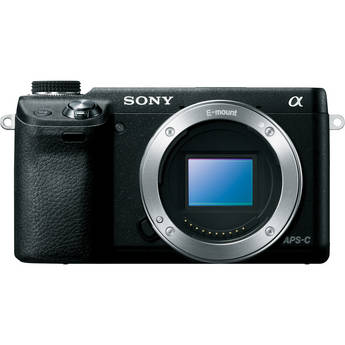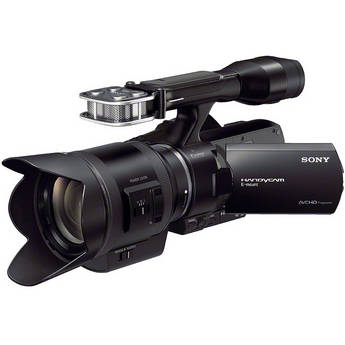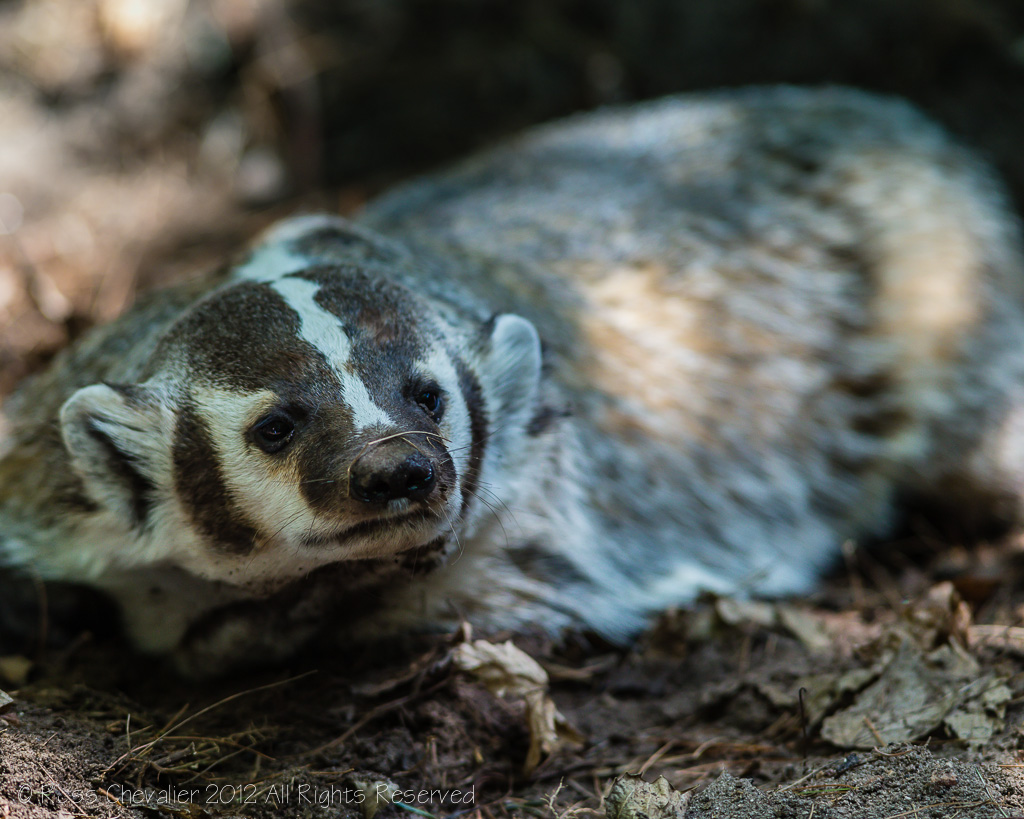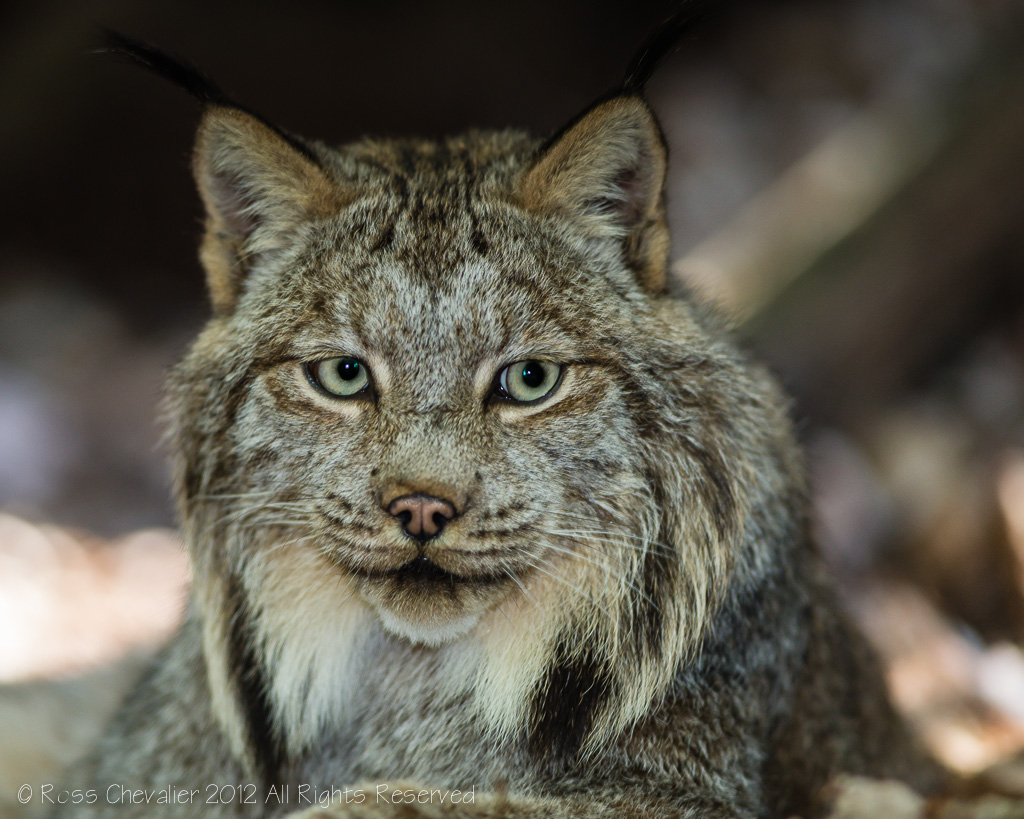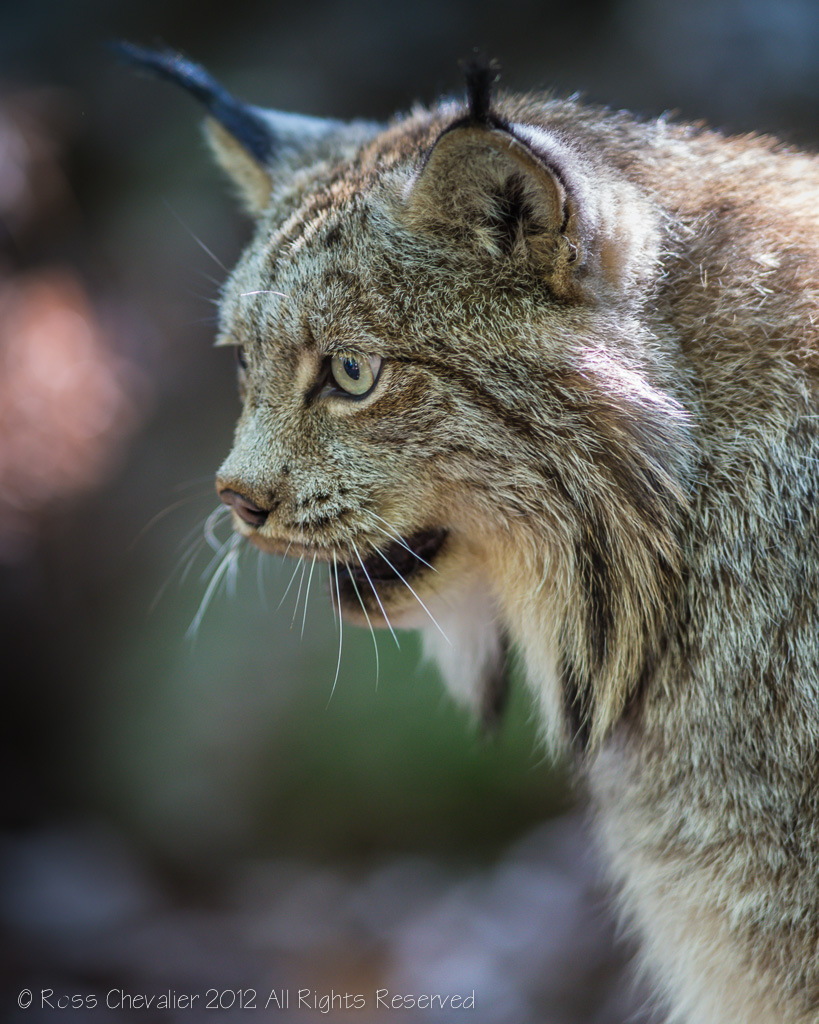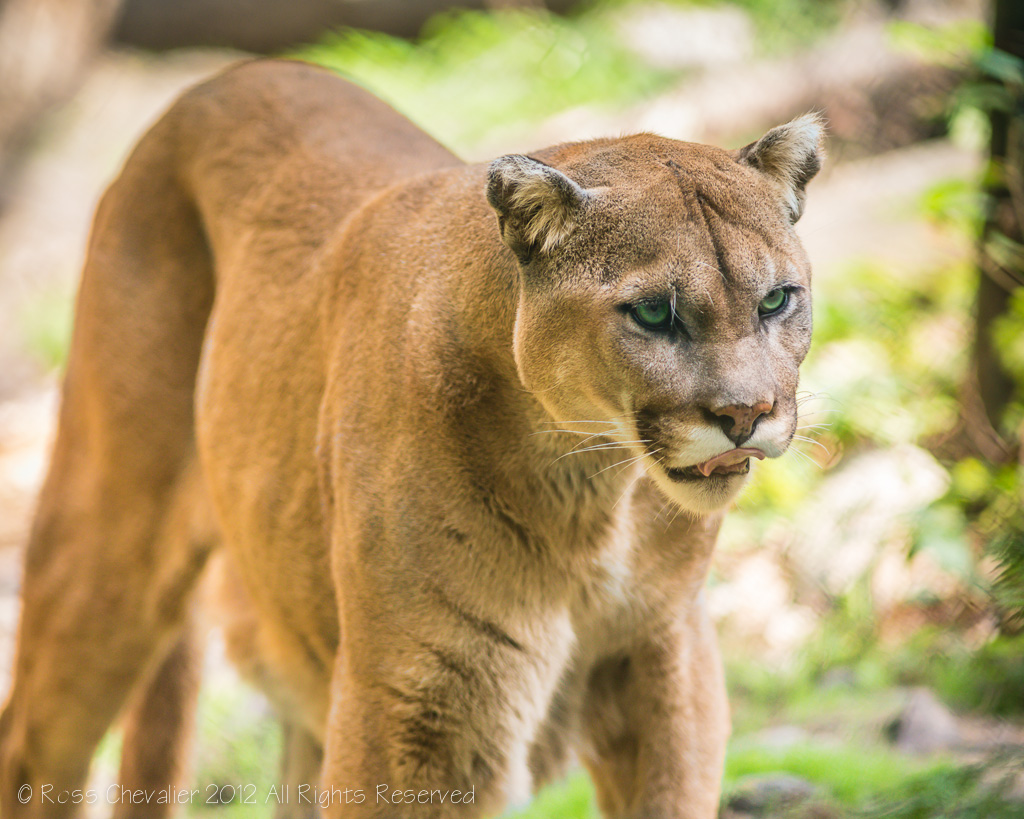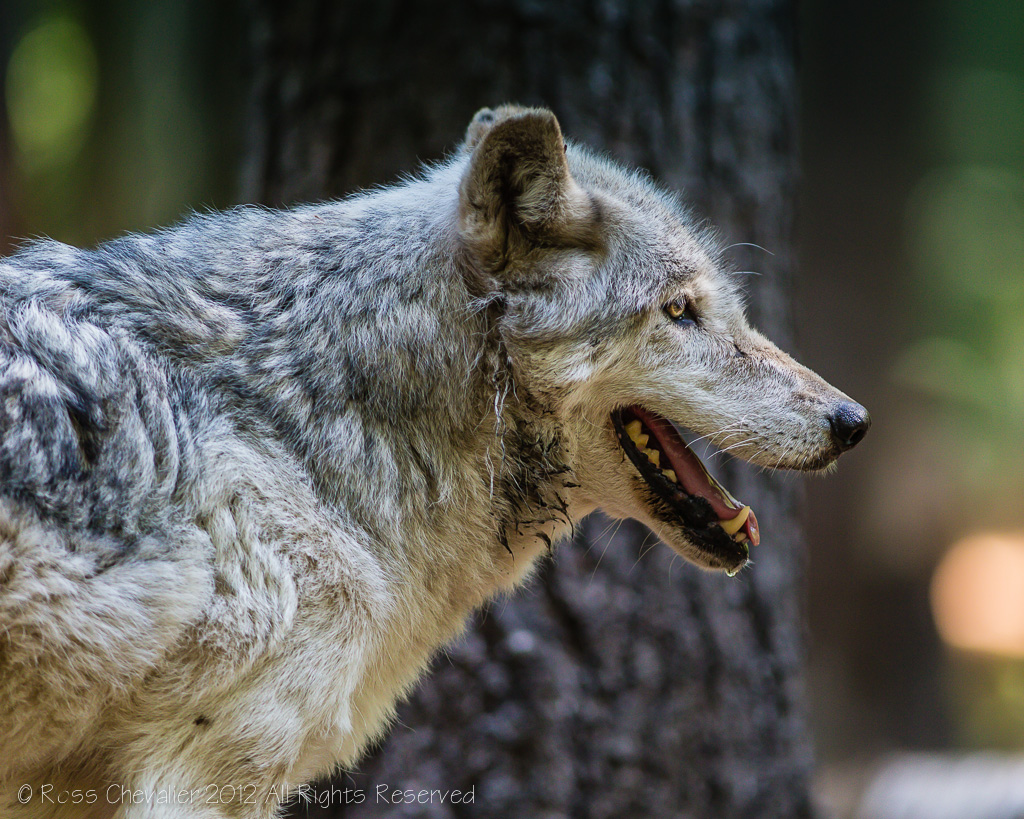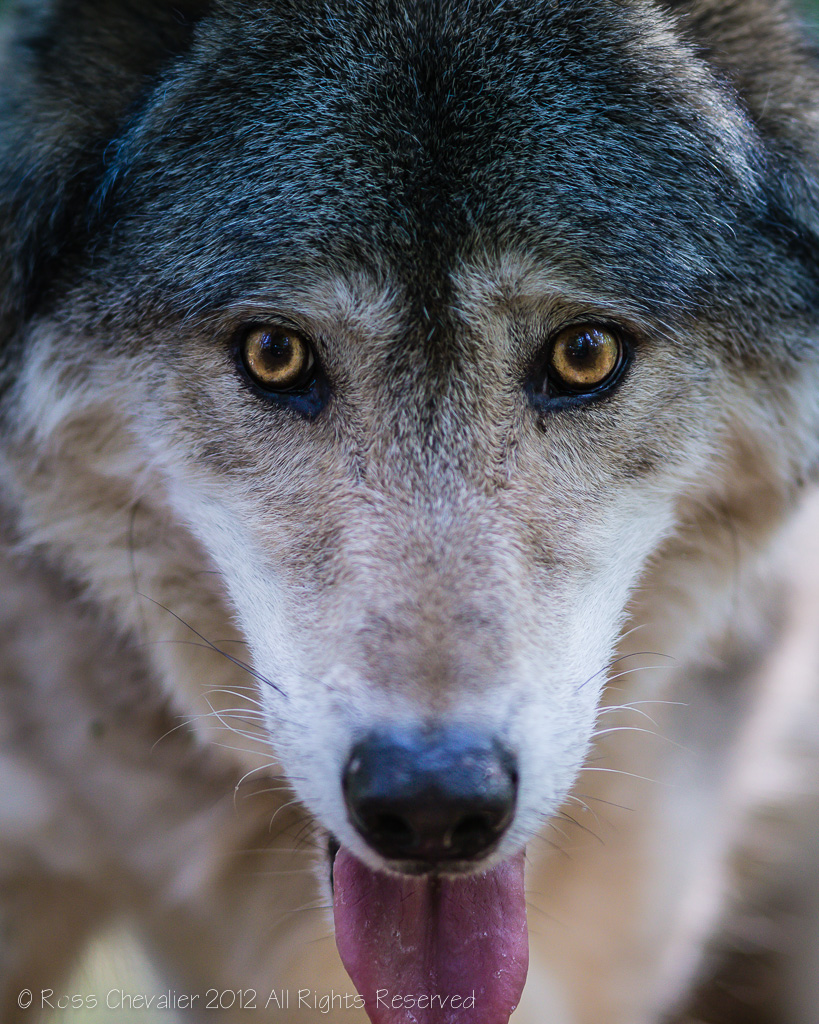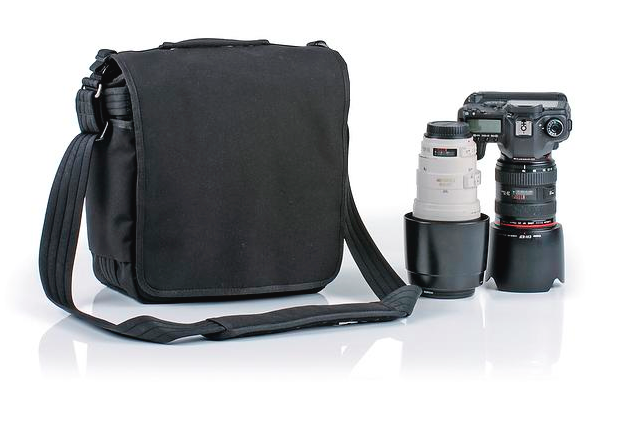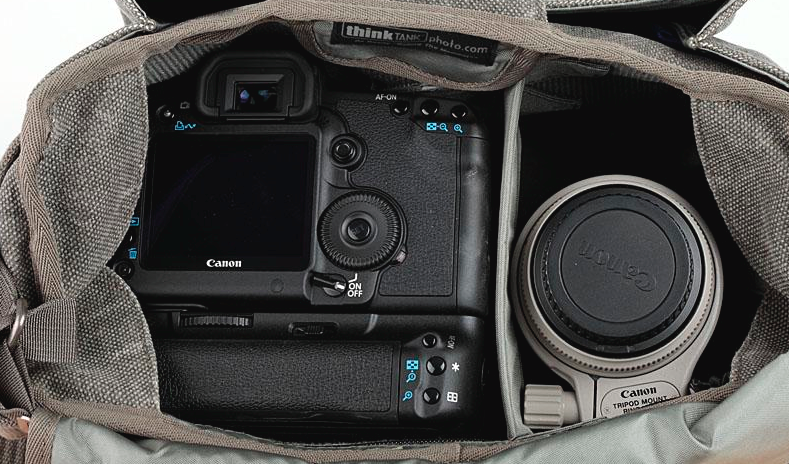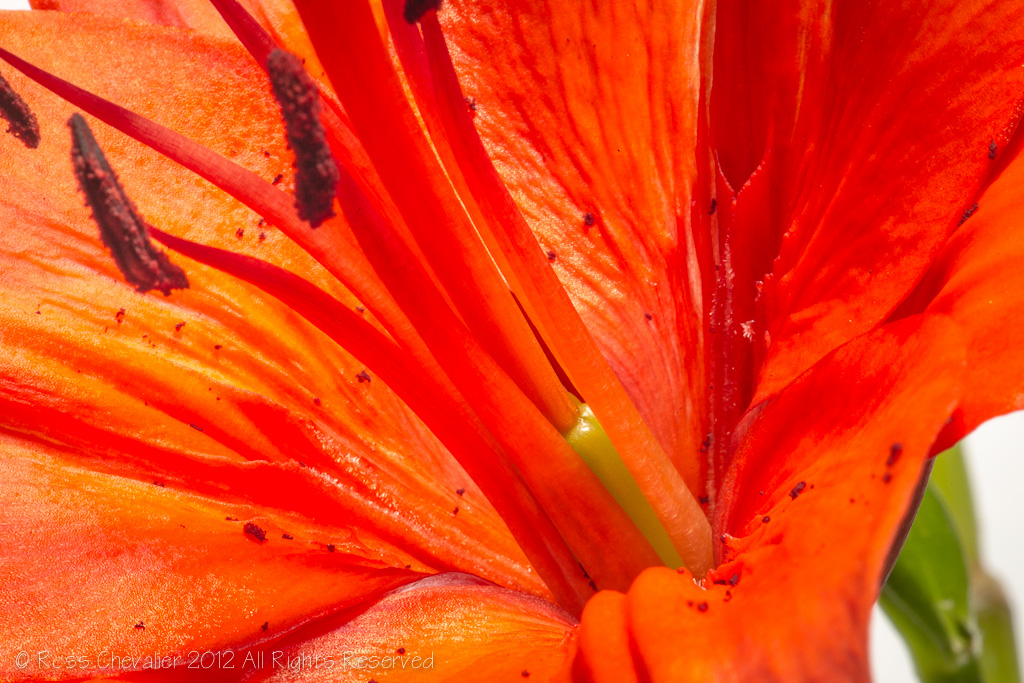Announcing the Canon 6D - an initial review
/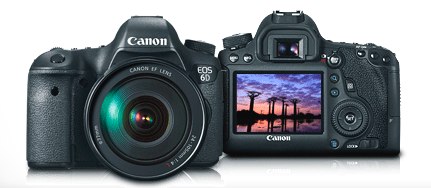 After weeks/months of speculation, Canon has announced the 6D. It's a brand new full frame camera and in my estimation just fired a full nail gun into the coffin of the 5D Mark II. For specification junkies, the full specs are at the bottom of the post.
The time is right for the 6D. The 5D Mk III is a terrific product but as the entry level for full frame has been priced out of the general marketplace, hence the keeping of the aged but still functional 5D Mark II. The 6D changes things for the Canon shooter wanting full frame but without over $3000 for a body only purchase.
After weeks/months of speculation, Canon has announced the 6D. It's a brand new full frame camera and in my estimation just fired a full nail gun into the coffin of the 5D Mark II. For specification junkies, the full specs are at the bottom of the post.
The time is right for the 6D. The 5D Mk III is a terrific product but as the entry level for full frame has been priced out of the general marketplace, hence the keeping of the aged but still functional 5D Mark II. The 6D changes things for the Canon shooter wanting full frame but without over $3000 for a body only purchase.
When it debuted, the 5D Mark II was the way to go. It's a great camera but is showing its age in areas such as AF and burst mode. And that's where the 6D fits in.
With an MSRP of $2099 body only, as well as to be available with the proven 24-105/4 lens, the 6D makes full frame with modern performance affordable for Canonistas. It has some interesting shifts from the xD lineup though, where x represents a single digit. Most telling is the switch from CF cards to SD cards as the primary storage. Manufacturing is probably cheaper, but this change I cannot applaud if you already have any of the xD family. It makes sense if the 6D is an upgrade target for the 60D or the legion of Rebels out there, but SD is simply not as fast as CF, even at the UHS-1 level. The camera uses Canon's latest CPU, the Digic 5+.
As one would expect with ANY Canon full frame, this is an EF mount only. EF-S lenses will not mount up, and Canon makes the point that EOS-M lenses won't mount either, even though none exist at present. Image circle matters in full frame.
The 6D does both RAW and JPEG as expected and I am pleased to see that Canon continues to deliver 14 bit depth on the new camera in keeping with the 5D, 7D and 1D line as well as with the exception created by the T4i. When thinking about image quality and large prints, bit depth makes a substantial difference. The sensor is a new design 20MP sensor, slightly down from the 22MP sensor in the 5D but the gap is going to be negligible in most all cases and the then necessary larger pixels should give better low light performance. This will be a step up over the crop sensor 7D whose low light performance leaves room for improvement. The published ISO range is 100-25600 with a one stop pull (to 50) and two stop push (to 51200 and 102400). This is in keeping with other modern full frame sensors and focuses attention on Canon's increased commitment to better low light imaging.
Shutter speed range is 1/4000s to 30s plus bulb mode. Flash sync is 1/180s which is in my opinion a step backwards as the growth of flash is being driven by increasing use to mix fill flash and to be able to sync at higher, not lower speeds. Strobist David Hobby will have nothing good to say about the low sync speed but will at least be able to be less frustrated because unlike Nikon's D600, the 6D does have a PC sync port to connect to studio flash. Maximum burst mode is 4.5 fps with a RAW capture capacity in full burst of 14 frames, before letting the camera catch up. The 6D incorporates in camera HDR (meh) and in camera multiple exposure (Yay!).
The camera brings new tech into the body that formerly has been only found in outboard devices, sold in low volume because of insanely high cost given what they do. There is built-in GPS (about time given its prevalence in P/S cameras for some time) and built in WiFi. Canon, for one, has this in some of their low end P/S cameras and charging hundreds of dollars for an outboard connection on other bodies is a kick in the jewels to Canon buyers. In addition to having built-in WiFi, Canon is delivering tethering applications for iDevices. This is also a really good thing as other wireless tethering solutions really still required a laptop and a wire connected to the camera. Perhaps Canon will reduce their crack intake and drop the price substantially on their outboard wireless connection systems.
Metering is delivered by the new 63 zone metering system and is rated from 1 EV to 20 EV. That's not as good as we are seeing from other vendors (down to -3 EV). Canon has increased the exposure compensation range to 5 stops up or down in gaps of 1/3, and 1/2 stops but AEB is still limited to +/- 3 stops. With the growing interest in HDR, they could have extended this out a la Nikon and others. The meter patterns are centre-weighted average, partial 8%, spot 3% and Evaluative (default). There are the usual assortment of predefined exposure modes for different scene types and our expected grouping of PASM.
Autofocus is of the 11pt type, which compared to other full frame cameras in the price range is quite lame. That said, many serious photographers tend to use the centre spot and then recompose, so this may be less of an issue than it could. AF purported works down to -3 EV so three stops better performance than the metering system. AF will fall off the tracks at maximum apertures below f/5.6 so slow lenses or big lenses with teleconverters may push the user into manual focus. It won't kill you. Really.
Multiple white balance presets are available as is Canon's Automatic White Balance setting which does a pretty decent job in most shooting situations.
Of course the 6D does video. It shoots 1080p HD video at 30/25/24 fps and incporates both IPB and ALL-I in camera compression. The camera has a mini HDMI connector but Canon makes no notices about whether you can stream uncompressed HDMI through the port as you can on the Nikon D600. It's not clear if full time AF is available if you use the new EF STM lenses.
The camera is powered by the existing LP-E6 battery (good decision Canon) and supplemental power is made available with the accessory BG-13 grip. Expect about 1,000 shots on a single battery charge without using the Live View too much. Live view is delivered via a 1m dot 3 inch LCD panel that does not swivel or flip around.
Conclusions
The 6D is a viable replacement for the 5D Mark II. There is still a lot more in the 5D Mark III and there had better be for the significant cost increase. I expect the body price of 5D Mk II units to drop until cleared out and then the device will be officially discontinued. I have believed that the continuance of the 5D Mk II was only a stop gap since the release of the Mark III really a holding pattern for the 6D. There's a lot to like in the new camera. There's also in my opinion, a fair bit left out. I'm disappointed by the flash sync speed, the low count of AF points, and the backward thinking on AEB. I could not find ANY indicators one way or the other if you can fully control the 600-EX-RT flash from inside the camera, although my guess is that you can. I like the battery decision and the subtle improvements on the 5D Mark II and would suggest that readers who have been thinking about a 5D Mark II rethink that with the release of the 6D.
Specifications (courtesy Canon USA)
Type Digital AF/AE single-lens reflex camera
Recording Media SD card, SDHC card, SDXC memory card
* Compatible with Ultra High-Speed (UHS-I) memory cards.
Image Format 35.8mm x 23.9mm (Full-Frame)
Compatible Lenses Canon EF lenses (except EF-S and EF-M lenses)
Lens Mount Canon EF mount
Image Sensor
Type CMOS Sensor
Pixels Effective: Approx. 20.2 megapixels
Pixel Unit 6.55 µm square
Total Pixels Approx. 20.6 megapixels
Aspect Ratio 3:2 (Horizontal: Vertical)
Color Filter System RGB primary color filters
Low Pass Filter Fixed position in front of the CMOS sensor
Dust Deletion Feature (1) Self Cleaning Sensor Unit
- Removes dust adhering to the low-pass filter.
- Self-cleaning executed automatically (taking 2 sec.) when power is turned on or off. Manual execution also possible (taking 8.0 sec.).
(2) Dust Delete Data acquisition and appending
- The coordinates of the dust adhering to the low-pass filter are detected by a test shot and appended to subsequent images.
- The dust coordinate data appended to the image is used by the provided software to automatically erase the dust spots.
(3) Manual cleaning of sensor
Recording System
Recording Format Complies with Design rule for Camera File system 2.0 and EXIF 2.30
Image Format Still: JPEG, RAW (14-bit, Canon original), RAW+JPEG
Video: MOV (Image data: H.264, Audio: Linear PCM)
File Size (1) Large: Approx. 20.0 megapixels (5,472 x 3,648)
(2) Medium: Approx. 8.9 megapixels (3,648 x 2,432)
(3) Small 1: Approx. 5.0 megapixels (2,736 x 1,824)
(4) Small 2: Approx. 2.5 megapixels (1920 x 1280)
(5) Small 3: Approx. 350,000 pixels (720 x 480)
(6) RAW: Approx. 20.0 megapixels (5,472 x 3,648)
M RAW: Approx. 11.0 megapixels (4,104 x 2,736)
S RAW: Approx. 5.0 megapixels (2,736 x 1,824)
Backup Recording N/A
File Numbering The following three types of file numbering methods can be set:
(1) Continuous numbering
* The numbering of captured images will continue even after you replace the camera's card.
(2) Auto reset
* When you replace the camera's card, the numbering will be reset to start from 0001. If the new card already contains images, the numbering will continue from the last recorded image in the card.
(3) Manual reset
* Resets the file number to 0001, and creates a new folder automatically.
RAW + JPEG Simultaneous Recording Large RAW and JPEG images are recorded simultaneously
Color Space sRGB, Adobe RGB
Picture Style Auto, Standard, Portrait, Landscape, Neutral, Faithful, Monochrome, User Defined 1-3
White Balance
Settings Auto, Preset (Daylight, Shade, Cloudy, Tungsten Light, White Fluorescent Light, Flash), Custom (Approx. 2,000° - 10,000°K), Color Temperature (Approx. 2,500° - 10,000°K), White Balance Correction, and White Balance Bracketing
Auto White Balance Auto white balance with the image sensor
Color Temperature Compensation Blue/amber bias: ±9 levels
- Magenta/green bias: ±9 levels
* Correction based on the current WB mode's color temperature.
Color Temperature Information Transmission Provided
Viewfinder
Type Eye-level SLR (with fixed pentaprism)
Coverage Vertical/Horizontal approx. 97%
Magnification Approx. 0.71x / 33.3°
Eye Point Approx. 21mm (At -1m-1 from the eyepiece lens center)
Dioptric Adjustment Correction -3.0 to +1.0m-1 (diopter)
Focusing Screen Eg-A II provided. Interchangeable with Eg-D and Eg-S. Incompatible with Eg-A.
Mirror Quick-return half mirror (transmission: reflection ratio of 40:60)
Viewfinder Information - AF information
AF points and focus confirmation
- Exposure information
Shutter speed, aperture, ISO speed (always displayed), AE lock, exposure level, exposure warning
- Flash information
Flash ready, flash exposure compensation, high-speed sync, FE lock
- Image information
Highlight tone priority (D+), maximum burst (2-digit display), card information
- Battery check
- Composition information
Electronic level
- Warning Symbol
Displayed if any of the following is set: Monochrome, white balance correction, expanded ISO speed, or spot metering.
Depth Of Field Preview Enabled with depth-of-field preview button
Autofocus
Type TTL secondary image-forming phase-difference detection system with AF-dedicated CMOS sensor
AF Points 11 points
Center: cross-type at f/5.6; vertical line-sensitive at f/2.8.
Upper and lower AF points: vertical line-sensitive AF at f/5.6.
Other AF points: Horizontal line-sensitive AF at f/5.6.
AF Working Range Center AF Point: EV -3 to 18 (at 73°F/23°C, ISO 100)
Other AF points: EV +0.5 to 18 (at 73°F/23°C, ISO 100)
Focusing Modes 1) Autofocus
- One-Shot AF
- AI Servo AF
- AI Focus AF
*Switches between One-Shot AF and AI Servo AF automatically.
2) Manual focus
AF Point Selection (1) Automatic selection
(2) Manual selection
Selected AF Point Display Displayed or indicated by superimposed display in the viewfinder and on the LCD monitor.
AF Assist Beam 1) Enable
* With an EOS-dedicated Speedlite attached, AF-assist beam is emitted automatically when necessary.
2) Disable
3) IR AF-assist beam only
* No AF-assist beam with flash bursts.
Exposure Control
Metering Modes Max. aperture TTL metering with 63-zone SPC with the following selectable modes:
1) Evaluative metering
2) Partial metering (center: approx. 8% of viewfinder)
3) Spot metering (center: approx. 3.5% of viewfinder)
4) Center-weighted average metering
Metering Range EV 1-20 (at 73°F/23°C with EF50mm f/1.8 II lens, ISO 100)
Exposure Control Systems Creative Zone
(1) Program AE (shiftable)
(2) Shutter-priority AE
(3) Aperture-priority AE
(4) Manual exposure
(5) Bulb
(6) Custom shooting mode
Basic zone
(1) Scene Intelligent Auto (Program AE / non-shiftable)
(2) Creative Auto
(3) Special Scene
- Portrait
- Landscape
- Close-up
- Sports
- Night Portrait
- Handheld Night Scene
- HDR Backlight Control mode
ISO Speed Range For Stills: Manual setting range of ISO 100-25600 (expansion possible to ISO 50, ISO 51200 and 102400) in 1/3-stop or whole-stop increments)
| Shooting Mode | ISO Settings |
| Auto (Scene Intelligent Auto, Creative Auto, Close-up, Macro, Sports, Night Portrait, HDR Backlight Control mode) | ISO 100–12800 |
| Handheld Night Scene mode | ISO 100–25600 |
| Landscape | ISO 100–1600 |
| P, TV, Av, M | ISO–25600*1 |
| B | ISO 400 fixed*1 |
| With flash | ISO 400 fixed*1,2,3,4 |
*1: It depends on [Minimum] and [Maximum] of auto ISO setting. *2: If overexposure would occur with fill flash, the minimum ISO speed is ISO 100. *3: Scene Intelligent Auto, Night Portrait and Handheld Night Scene modes are excluded. *4: For bounced external flash when Creative Auto, Close-up, Landscape, Macro, Sports / P is set, automatically set between ISO 400–1600.
Exposure Compensation (1) Manual : ±5 stops in 1/3- or 1/2-stop increments
(2) AEB : ±3 stops in 1/3- or 1/2-stop increments
* Manual exposure compensation and AEB can be combined.
* The AEB shooting sequence will be standard exposure, underexposure and overexposure. With the self-timer, three continuous shots will be taken regardless of the current drive mode.
* The number of bracketed shots: 2, 3, 5, or 7 settable with a Custom Function.
AE Lock Possible
* During movie shooting, press the <*> button for AE lock and press the button to cancel AE lock (not automatically cancelled).
* AE lock (cancelled automatically when metering timer is turned off) possible before movie shooting. Movie shooting can start while AE lock is set.
Shutter
Type Vertical-travel, mechanical, focal-plane shutter with all speeds electronically-controlled
Shutter Speeds 1/4000 to 30 sec., X-sync at 1/180 sec. (Total shutter speed range. Available range varies by shooting mode.)
Shutter Release Soft-touch electromagnetic release
Self Timer 10-sec. or 2-sec. delay
Shutter Lag Time (1) During SW-1 ON, time lag between SW-2 ON and start of exposure: approx. 0.060 sec.
(2) Time lag between simultaneous SW-1/SW-2 ON and start of exposure: Approx. 0.144 sec.
* Time lag with the aperture stopped down by 3.5 stops or less (Excludes AF operation time).
External Speedlite
Flash Metering E-TTL II autoflash (evaluative flash metering and average flash metering)
Flash Exposure Compensation ±3 stops in 1/3- or 1/2-stop increments
FE Lock Provided
PC Terminal Provided
Drive System
Drive Modes (1) Single shooting
(2) Continuous shooting
(3) Silent single shooting
(4) Silent continuous shooting
(5) 10-sec. self-timer/Remote control
(6) 2-sec. self-timer
Continuous Shooting Speed Continuous shooting: Max. approx. 4.5 fps
Silent continuous shooting: Max. approx. 3.0 fps
Maximum Burst Based on 8GB memory Card:
JPEG Large/Fine: Approx. 73 Shots
RAW: Approx. 14 Shots
RAW+JPEG Large/Fine: 7 Shots
Based on 8GB UHS-I memory card:
JPEG Large/Fine: Approx. 1250 Shots
RAW: Approx. 17 Shots
RAW + JPEG Large/Fine: 8 Shots
* Figures are based on Canon's testing standards (ISO 100 and Standard Picture Style).
Live View Functions
Shooting Modes Still photo shooting and video shooting
Focusing (1) Autofocus
- FlexiZone - Single
* One-point, contrast AF. Switching to another AF point is possible.
- Face Detection Live mode
* Face detection, contrast AF. Face is selectable.
- Quick Mode AF
* Phase-difference AF with 11 AF points.
(2) Manual Focus
- Magnify the image by 5x or 10x and focus manually.
Metering Modes Real-time evaluative metering with image sensor.
(1) Evaluative metering (315 zones)
(2) Partial metering (approx. 11% of Live View screen)
(3) Spot metering (approx. 3% of Live View screen)
(4) Center-weighted average metering
Metering Range EV 0-20 (at 73°F/23°C with EF 50mm f/1.4 lens, ISO 100)
Grid Display Provided (three grid displays)
Exposure Simulation Provided
Silent Shooting Provided (Mode 1 and 2)
Video Shooting
File Format MOV (Image data: MPEG-4 AVC / H.264)
Audio: Linear PCM (Stereo)
File Size Recording Size:
[Full HD]
1920 x 1080 (30 fps/25fps/24fps):
235 MB/min. with IPB compression
685 MB/min. with All-I compression
[HD]
1280 x 720 (60 fps/50fps):
205 MB/min. with IPB compression
610 MB/min. with All-I compression
[SD]
640 x 480 (30 fps/25fps):
78 MB/min. with IPB compression
Frame Rates 1920 x 1080 (Full HD): 30p (29.97) / 24p (23.976) / 25p
1280 x 720 (HD): 60p (59.94) / 50p
640 x 480 (SD): 30p (29.97) / 25p
Continuous Shooting Time Based on 8GB Memory card
[1920 x 1080]
30 fps/25 fps/24 fps:
32 min. with IPB compression
11 min. with All-I compression
[1280 x 720]
60 fps/50 fps:
37 min. with IPB compression
12 min. with All-I compression
[640 x 480]
30 fps/25 fps:
97 min. with IPB or All-I compression
* The maximum recording time is limited to 29 min. 59 sec.
Focusing (1) Autofocus
- FlexiZone - Single
* One-point, contrast AF. Switching to another AF point is possible.
- Face Detection Live mode
* Face detection, contrast AF. Face is selectable.
- Quick Mode AF
* Phase-difference AF with 11 AF points.
- Manual Focus
1. Magnified view is not possible during video shooting.
Range Full Range (0?255)
Exposure Control (1) Program AE for movie shooting
* For shooting modes other than manual exposure and bulb.
* Shutter speed 1/30 - 1/4000 sec. (Signal accumulation time), aperture, and ISO speed automatically set.
(2) Manual exposure
* For manual exposure.
* Shutter speed (signal accumulation time), aperture, and ISO speed (auto/manual) manually set. The shutter speed (signal accumulation time) is limited to 1/4000 sec. at the maximum and to 1/30 sec. at the minimum for 24/25/30 fps or 1/60 sec. or higher for 50/60 fps depending on the frame rate.
Exposure Compensation Provided (±3 stops in 1/3-stop increments)
* For movies, even if exposure compensation has been set beyond ±3 stops, exposure compensation up to only ±3 stops will be applied.
LCD Monitor
Type TFT color, liquid-crystal monitor
Monitor Size 3.0-inches (Screen aspect ratio of 3:2)
7.7cm diagonal (6.37cm wide, 4.25cm high)
Pixels Approx: 1,040,000 dots
Coverage Approx. 100%
Brightness Control Manually adjustable to one of 7 levels
Coating Resin cover and anti-reflection AR coating
Interface Languages 25 (English, German, French, Dutch, Danish, Portuguese, Finnish, Italian, Norwegian, Swedish, Spanish, Greek, Russian, Polish, Czech, Hungarian, Romanian, Ukraine, Turkish, Arabic, Thai, Simplified/Traditional Chinese, Korean, Japanese)
Playback
Display Format Single image display
- Two types of single-image full display, two types of shooting information
- Index display
4-image index and 9-image index
- Jump display
Jump 1/10/100 images, Shooting Date, Folder, Movies, Stills, or Rating
* Two-image comparative display is not provided.
Highlight Alert With single-image display (Info.) and single-image display, overexposed highlight areas will blink.
Histogram Brightness and RGB can be displayed.
Quick Control Function
Items When you press the Quick Control function button under the following conditions, you can set the functions below:
*The settable functions depend on the shooting mode
(1) With viewfinder shooting:
Shutter speed, aperture, ISO speed, exposure compensation, AEB, flash exposure compensation, Wi-Fi®, Picture Style, white balance, white balance correction, Auto Lighting Optimizer, Custom Controls, AF operation, AF point selection, Drive mode, metering mode, and image recording quality.
(2) During playback:
Image protect, image rotate, rating, RAW image processing, resize, highlight alert, AF point, and image jump with mode dial.
Image Protection and Erase
Protection Erase protection can be applied/canceled for a single image, all images in a folder, or all images in the card.
Erase Erase single image, erase selected images, erase all images on folder, erase all images in a card, or erase only unprotected images.
Direct Printing
Compatible Printers PictBridge-compatible printers
Printable Images RAW and JPEG images complying to Design rule for Camera File System
* Movies cannot be printed.
DPOF: Digital Print Order Format
DPOF Complies to DPOF Version 1.1
Direct Image Transfer
Compatible Images Not Provided
Customization
Custom Functions 20 Custom Functions
Custom Controls The following camera controls can be customized by assigning the desired function: Shutter button halfway pressing, AF-ON button, AE lock button, Depth-of-field preview button, Lens AF Stop button, SET button, Main Dial, Quick Control Dial, and Multi-controller
My Menu Registration Up to six top-tier menu options and Custom Function settings can be registered
Interface
USB Terminal For personal computer communication and direct printing (USB 2.0 Hi-Speed)
Video Out Terminal (1) AV stereo OUT terminal: NTSC/PAL selectable
(2) mini-HDMI OUT terminal (Type C)
Battery One Battery Pack LP-E6
- With the AC Adapter Kit ACK-E6, AC power is possible.
- With Battery Grip BG-E13, two battery packs (LP-E6) can be used. Or six AA-sized/LR6 batteries can be used
Battery Life 1) Camera Body Only:
| Shooting Method | Temperature | Possible Shots |
| Viewfinder Shooting | At 73°F / 23°C | Approx. 1090 shots |
| At 32°F / 0°C | Approx. 980 shots | |
| Live View Shooting | At 73°F / 23°C | Approx. 220 shots |
| At 32°F / 0°C | Approx. 190 shots |
∗With a fully charged battery pack LP-E6. Based on CIPA testing standards.
2) With Battery Grip BG-E13:
| Shooting Method | Battery | Temperature | Possible Shots |
| Viewfinder Shooting | LP-E6 x 1 | Same as (1) | |
| LP-E6 x 2 | At 73°F / 23°C | Approx. 2130 shots | |
| At 32°F / 0°C | Approx. 1900 shots | ||
| Size AA/LR6 Alkaline Batteries | At 73°F / 23°C | Approx. 480 shots | |
| At 32°F / 0°C | Approx. 140 shots | ||
| Live View Shooting | LP-E6 x 1 | Same as (1) | |
| LP-E6 x 2 | At 73°F / 23°C | Approx. 420 shots | |
| At 32°F / 0°C | Approx. 360 shots | ||
| Size AA/LR6 Alkaline Batteries | At 73°F / 23°C | Approx. 110 shots | |
| At 32°F / 0°C | Approx. 24 shots | ||
∗With a fully charged battery. Based on CIPA testing standards.
Battery Check Automatic battery level check when power is turned ON
Battery level indicated in six levels.*1,2,3
*1 Battery level displayed on LCD panel and in viewfinder.
*2 Battery information can be checked with the [Battery info.] menu.
*3 If Battery Grip BG-E13 is used with size-AA/LR6 batteries, the battery level is displayed in four levels instead.
Power Saving Power turns off after the set time of non-operation elapses
* [Auto power off] settable to 1 min., 2 min., 4 min., 8 min., 15 min., 30 min., or disable
Date/Time Battery Built-in secondary battery
When battery is fully charged, the date/time can be maintained for 3 months. Requires about 8 hours to fully recharge the backup battery.
Start-up Time Approx. 0.1 sec. (Based on CIPA testing standards)
Dimensions (W x H x D)
Approx. 5.7 x 4.4 x 2.8 in./ 144.5 x 110.5 x 71.2mm
Weight Approx. 26.7 oz. / 755g (CIPA standard)
Approx. 24.0 oz. / 680g (Body only)
Working Temperature Range
32-104°F/0-40°C
Working Humidity Range 85% or less
- * Compatible with iOS version 5.0 or later and Android devices version 2.3/4.0 or later. Data charges may apply.
- ** The EOS Remote app will be available soon. This software enables you to upload images to social network services. Before uploading images, please be aware that image files may contain privacy related information such as people and places. If necessary, please delete such information. Canon does not obtain, collect or use such images or any information included in such images through this software.
- ^ DPS over IP certified printer is required.
- ## In certain countries and regions, the use of GPS may be restricted. Therefore be sure to use GPS in accordance with the laws and regulations of your country or region. Be particularly careful when traveling outside your home country. As a signal is received from GPS satellites, take sufficient measures when using in locations where the use of electronics is regulated.
† Prices and specifications subject to change without notice. Actual prices are determined by individual dealers and may vary.
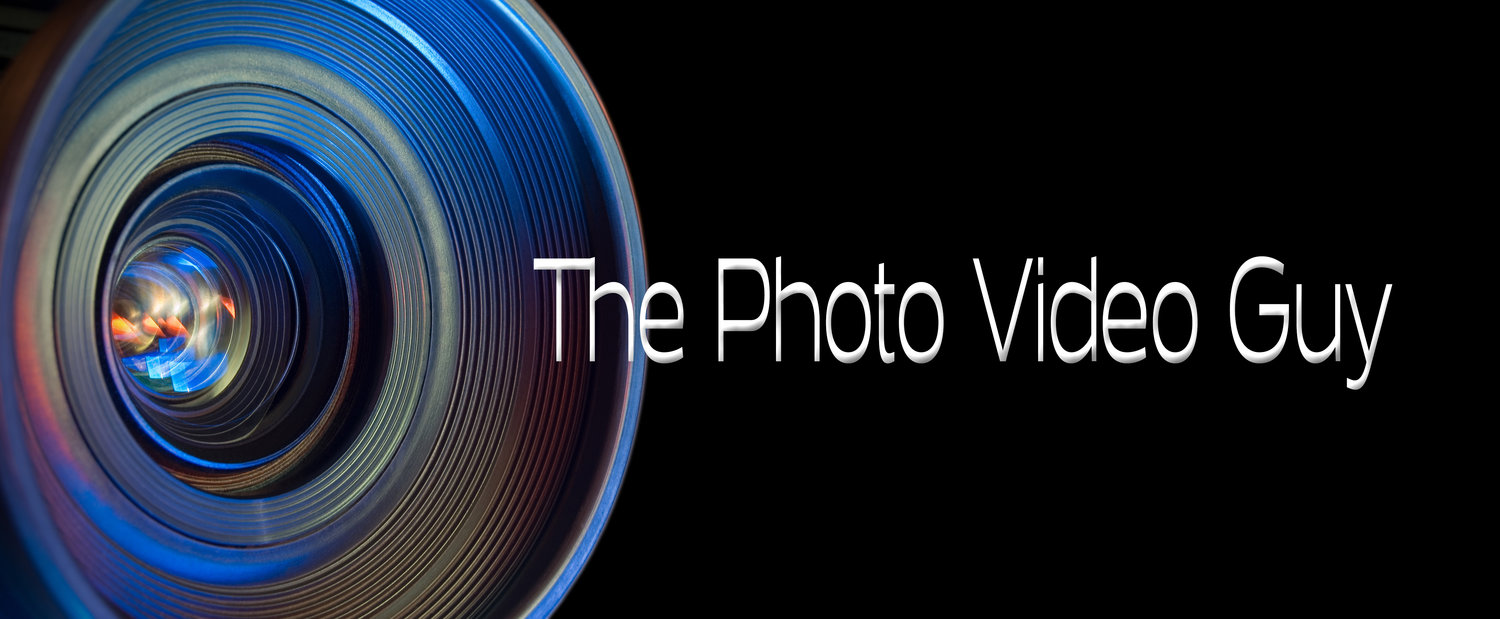


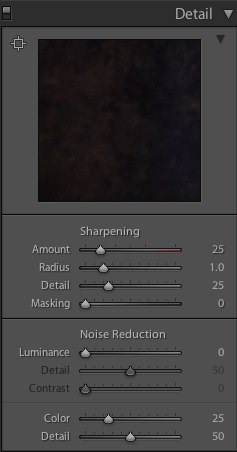

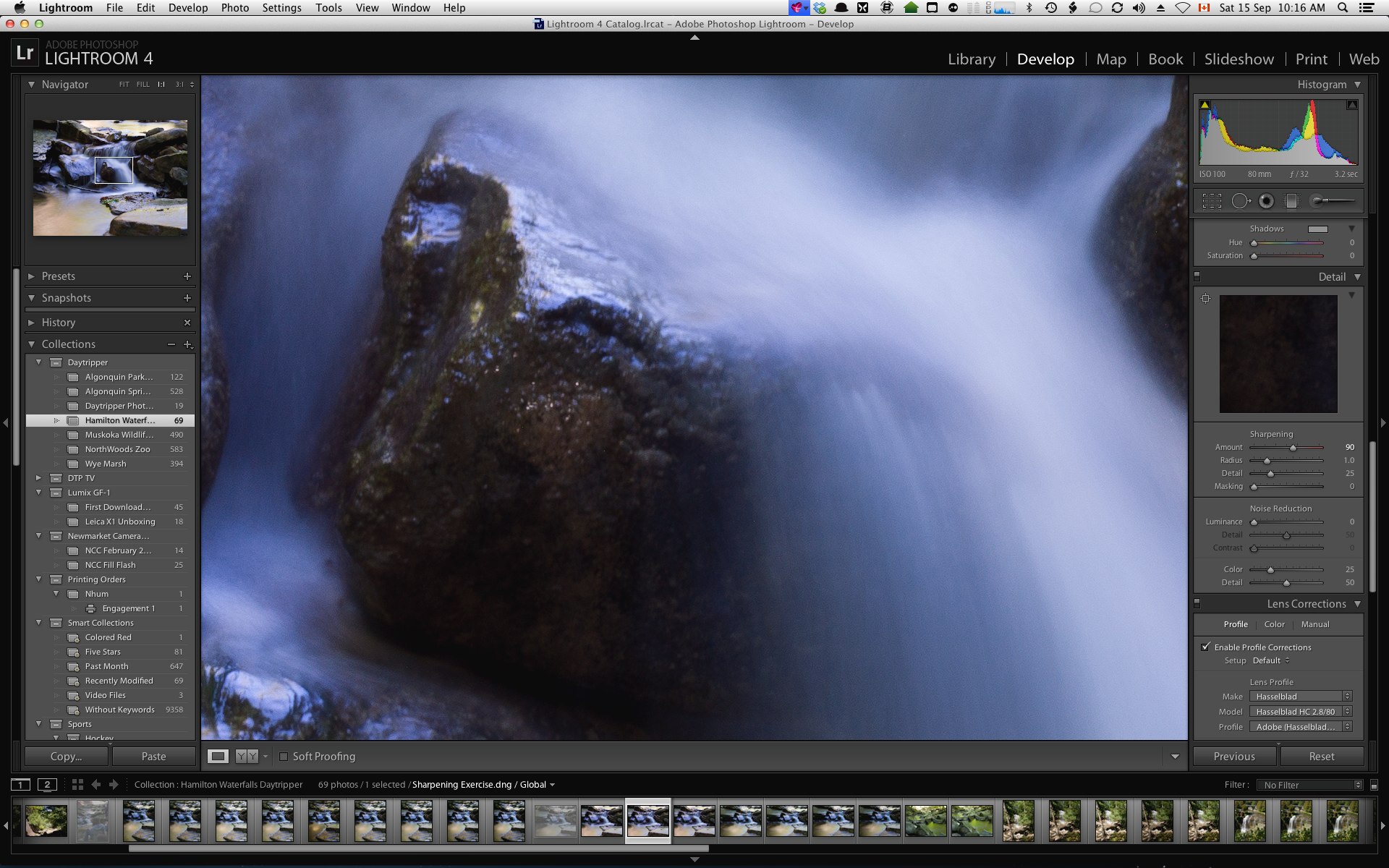

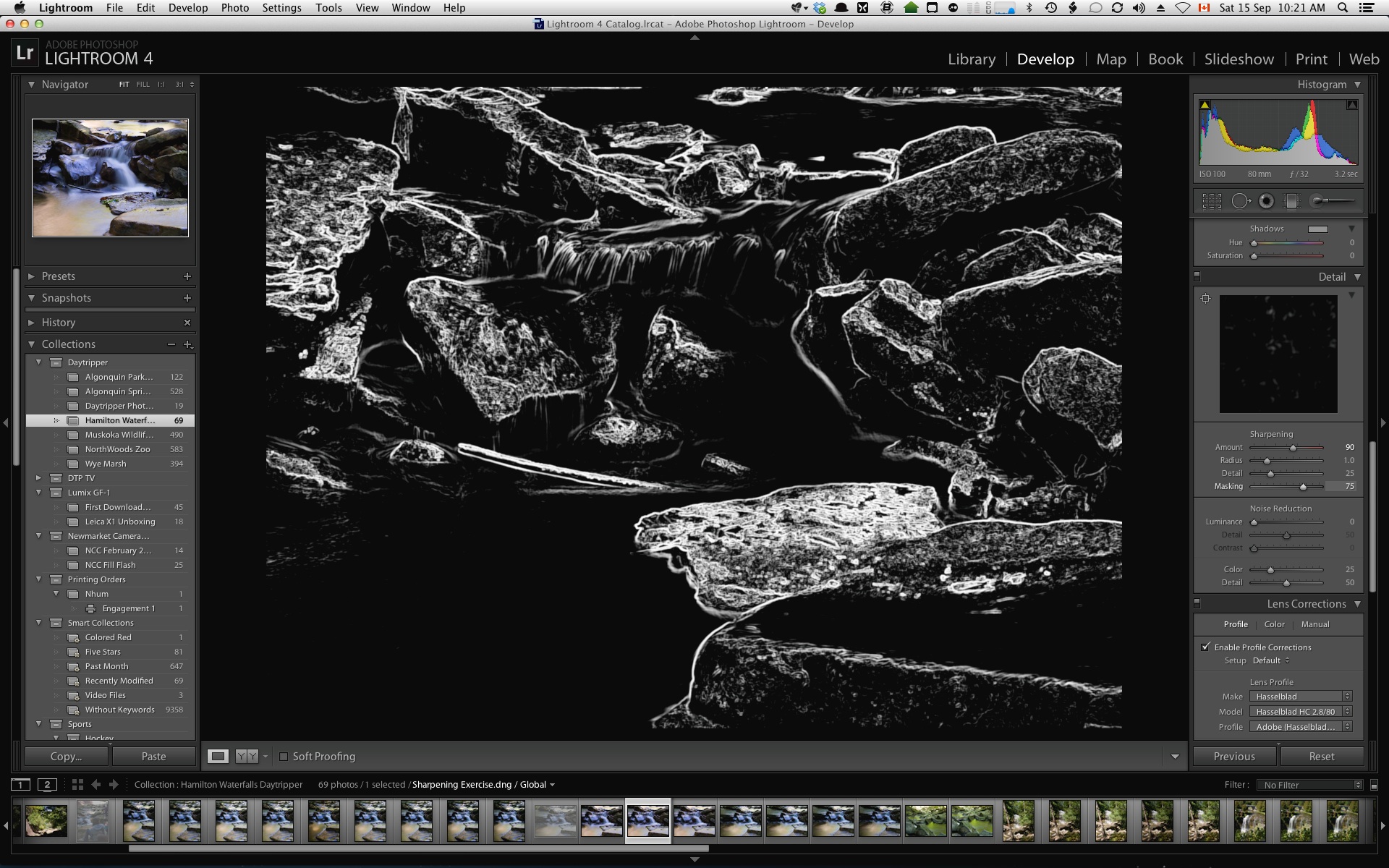




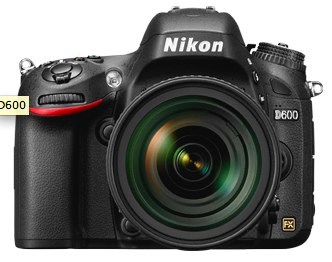

 [/iframe]
[/iframe]
